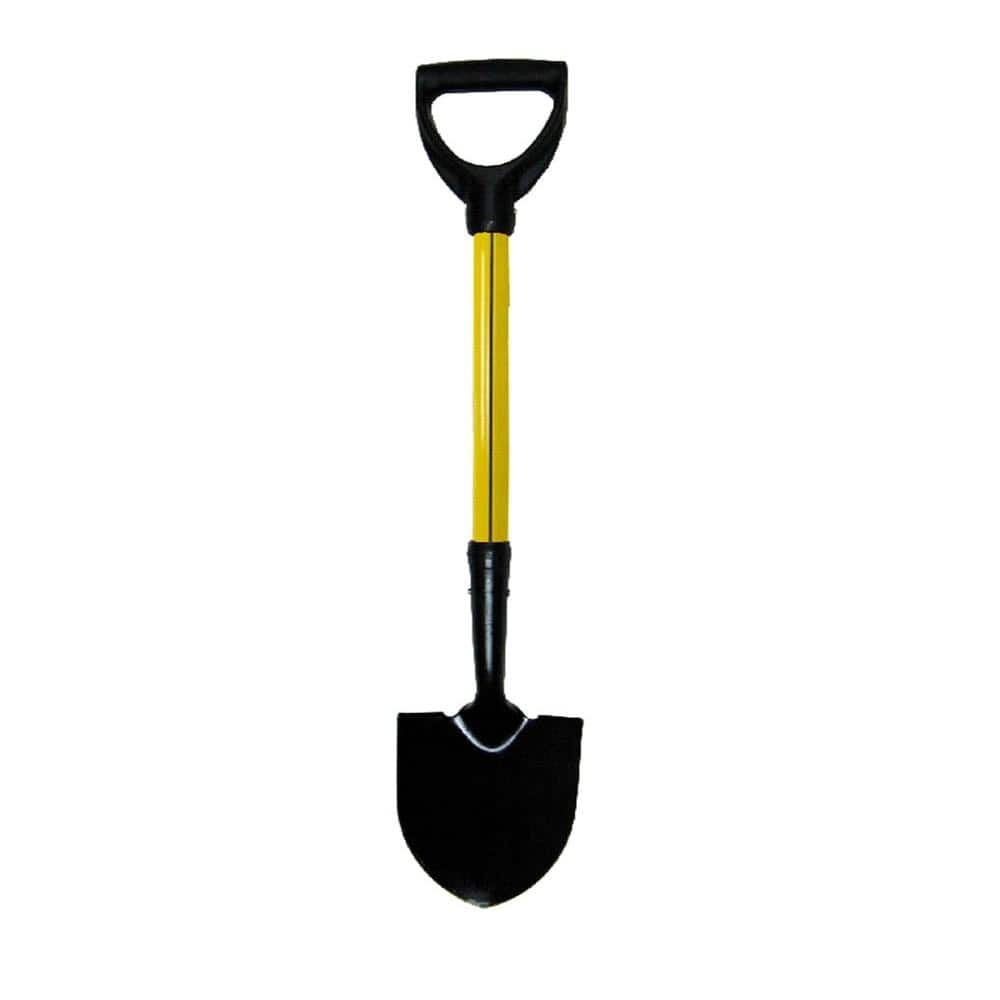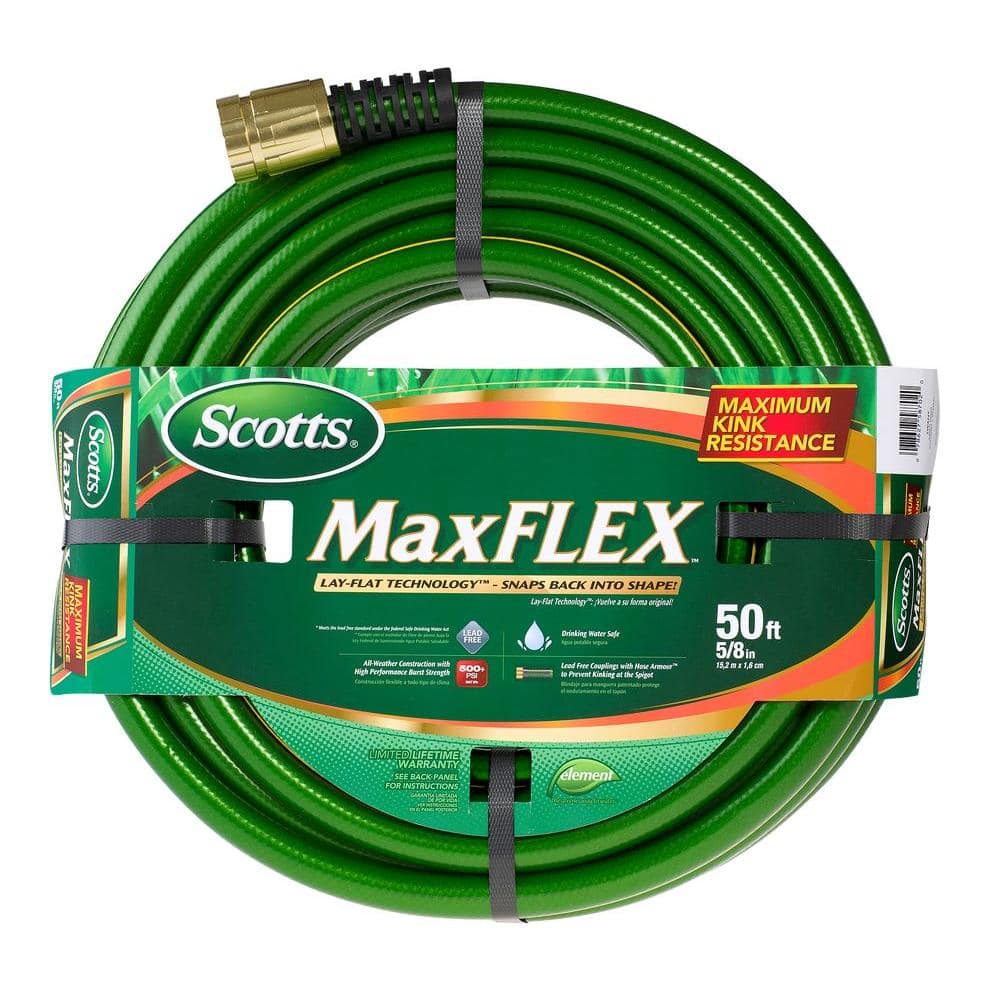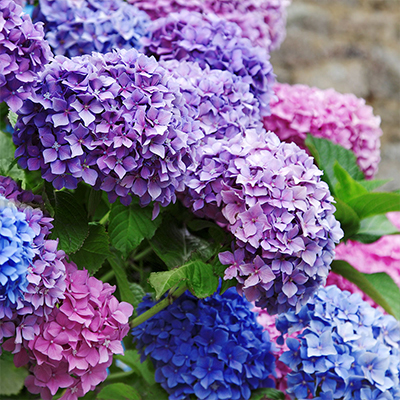How to Grow Peonies
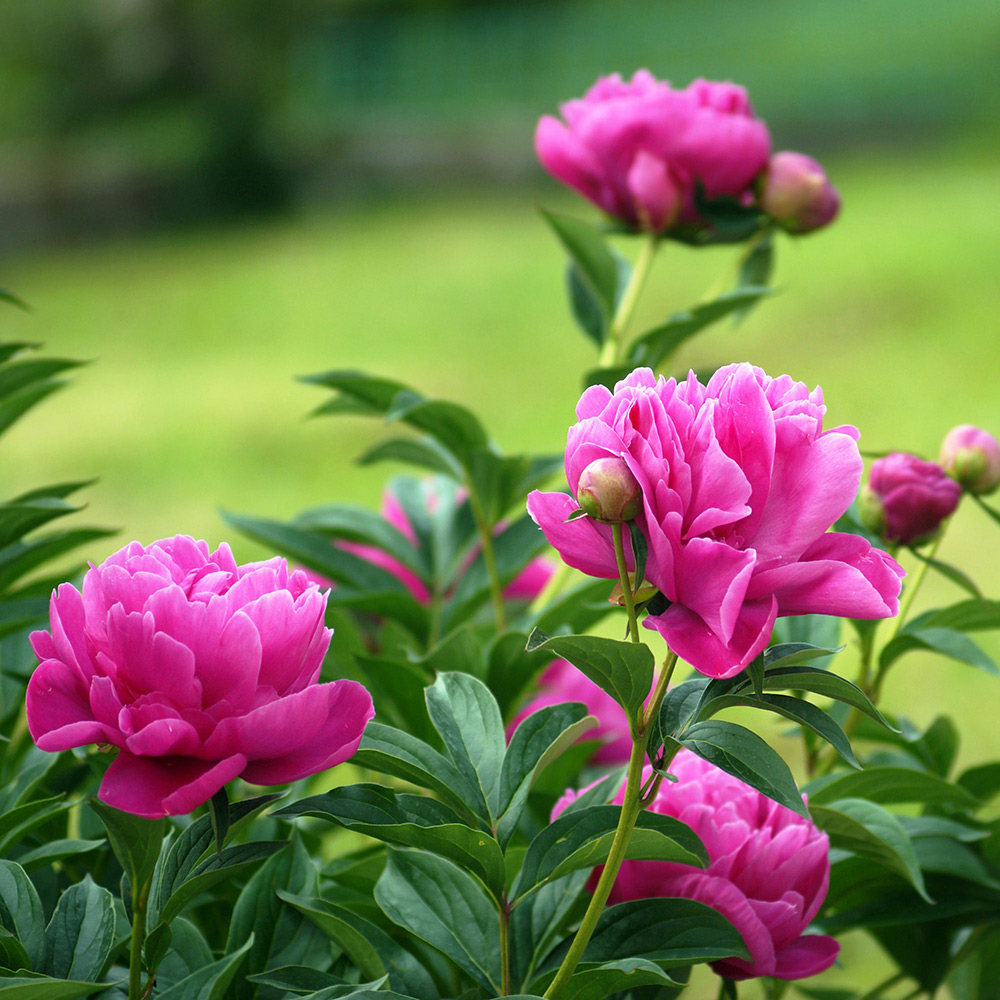
Last updated May 13, 2024
Peonies are perennial flowers with flamboyant blooms that can grow as large as a dinner plate. They’re easy to grow, ideal to cut for flower arrangements and attractive as bedding plants. This guide details everything you need to know to grow and care for peonies.
Table of Contents
What to Know to Grow Peonies
Types of Peonies
Tips for Growing Peonies Outdoors
Propagating Peonies
Keeping Peonies Healthy
What to Know to Grow Peonies
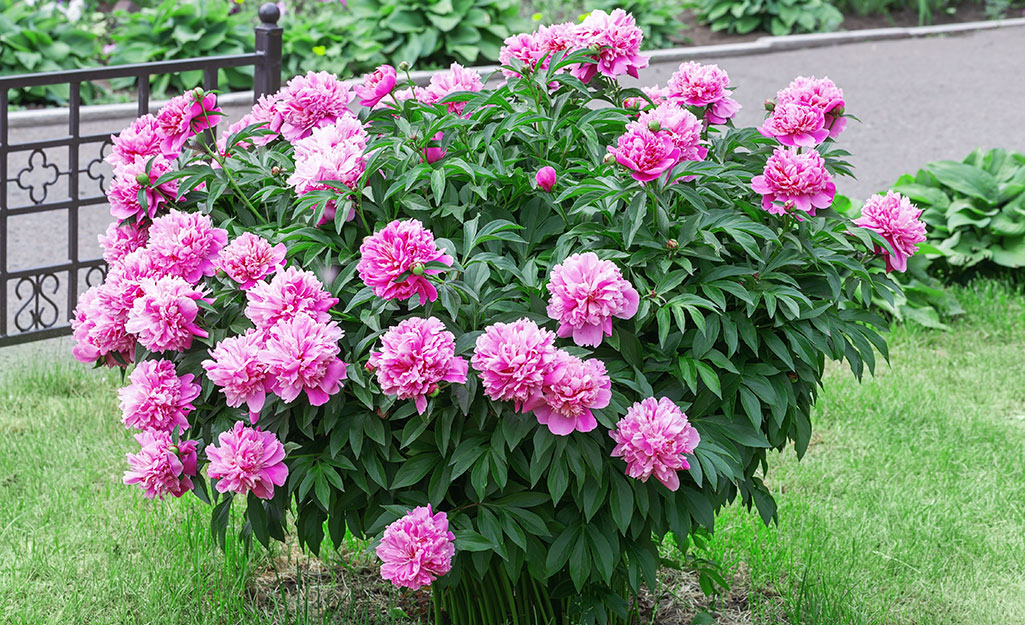
It’s hard to beat the showy blooms of peonies, and if they have proper growing conditions, they’ll keep producing year after year. That’s why so many flower gardeners include these perennials in their gardens. You’ll find a wide variety of peonies to choose from, many with fragrant scents. The only drawback to adding peonies to your garden is that they are slow to establish. They’ll need a few years to get settled before reaching their full blooming potential. For some plants, it might take up to three years before you see the first blooms.
Peony plants grow in bushy clumps with flower stalks that can be top heavy because of the size of the flowers. If needed, you may want to use stakes to keep them upright during the blooming season.
Types of Peonies

Before investing in peonies, you’ll want to find the best match for your climate. Herbaceous peonies die back every winter. These are the peonies you’ll see in most northern gardens. Tree peonies have tall woody stalks that look like shrubs. Some variations of this variety can grow in warmer climates and are more tolerant of acidic soils. Peonies feature several variations in bloom, from single to semi-double to double flowers.
Tips for Growing Peonies Outdoors
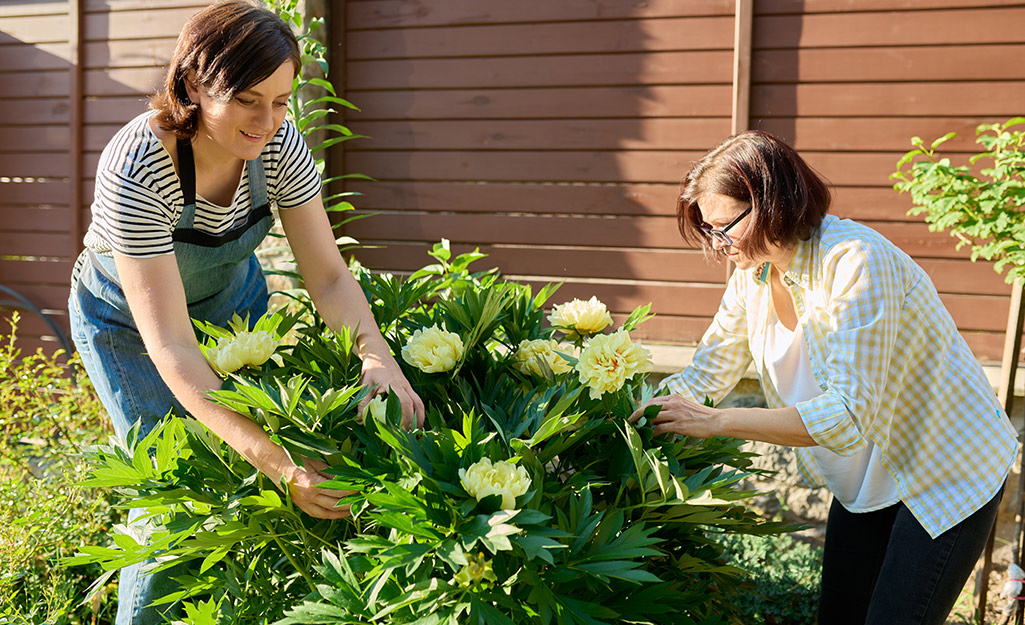
Peonies are fuss-free perennials that are easy to grow if planted in the right location. They like full sun, but also thrive in a sunny spot that receives dappled shade in the afternoons. You can purchase early, midseason and late blooming varieties; just be sure you know what you’re getting, so you can plan your flower bed or container gardening accordingly. Typically, it’s best to plant peonies in the fall, no matter what time of year they are expected to bloom.
If planting peony plants, dig holes twice the circumference of the plant and deep enough to cover up to one inch of the stem. Fill with loose soil, but do not amend with compost. Instead, once the plant is in the ground, apply compost on top around the plant. Avoid disturbing the plant as much as possible; if you can, slip the plant out of the container and gently into the ground.
For peony bulbs or tubers, dig holes about 2 feet deep and 2 feet in diameter, 3 to 4 feet apart. Place the tuber into the hole with the eyes facing upward and roots down. Cover with loose soil. Again, do not amend the soil with compost. Instead, fill the hole with dirt and then add compost on the top of the ground around the plant. Water thoroughly and fertilize every four to six weeks.
Peonies need a cold winter dormancy so they do best in northern climates. For the Deep South and places where winter temperatures rarely dip below freezing, look for peonies with woody stalks such as tree peonies that don’t die back.
They also require moist, fertile, well-drained soil; they do not grow well in sand, clay or places with standing water. Because peony clumps can grow up to 3 feet in diameter, they also need plenty of space. For this reason, avoid planting them around trees or near shrubs that might have competing roots. Keep soil moist but avoid overwatering.
Finally, peonies do not transplant well, so once they’re in the ground, it’s best to leave them until they die back.
Propagating Peonies
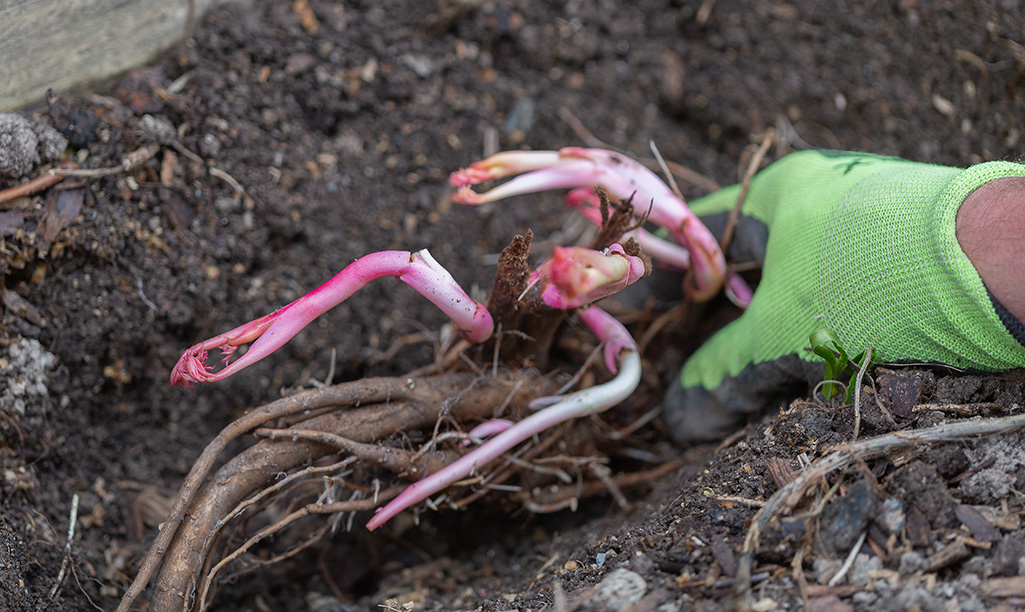
Peonies rarely need to be divided. However, if you have a large plant, after the peony has bloomed and cool weather has set in, you can dig up herbaceous peonies, shake off the soil and divide it into sections. Make sure each section has plenty of roots and at least two or three buds. Replant so that the plants can go dormant during the winter season.
You can grow peonies from seeds from the seedpod, but it will take years before the plants are large enough to bloom. Once your peonies have died back, collect seed pods from the flowers. In the fall, loosen soil and plant seeds in soil about a half-inch apart. Cover with no more than 2 inches of soil. Planting seeds during the fall allows them to undergo a period of moist warmth followed by colder winter weather. As the ground warms in the spring, the seeds will begin to sprout.
You can also plant seeds indoors in seed trays or containers. Again, plant about a half-inch apart and 2 inches deep. Place the containers or trays in a plastic bag in a very warm place with moist soil and leave for about three months to mimic the dormant period. If there are no seedlings once time has passed, check the soil to ensure that it’s moist, then reseal the bag and place it in a refrigerator for a month or two. Return it to a warm spot until you see seedlings. In the spring, wait until the last frost has passed and then transplant the seedlings into the ground.
Keeping Peonies Healthy
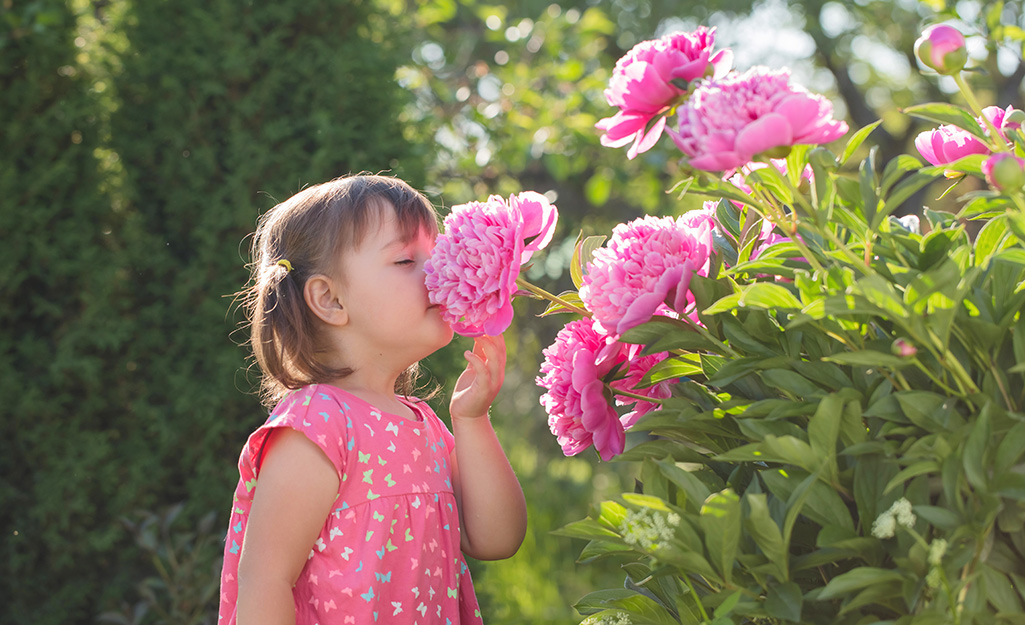
Throughout their flowering cycle, deadhead peonies as needed. In the fall, prune herbaceous peonies to the ground. Tree peonies do not require pruning.
Peonies are susceptible to peony wilt, which causes the stems to rot. If you see ants on your peonies, don’t worry. They don’t harm the plants. Deer and rabbits don’t care for peonies.
Also, avoid planting peonies too close to each other and remove any leaves with black spots to keep the fungus from spreading. It’s also a good idea to throw away dead stalks and foliage in the trash after pruning to avoid reinfection in the spring.
The Home Depot has a variety of peonies and other perennials already arranged in pretty containers or to purchase as tubers or small plants ready for your garden bed. Check out The Home Depot Mobile App for the latest tools and supplies.

